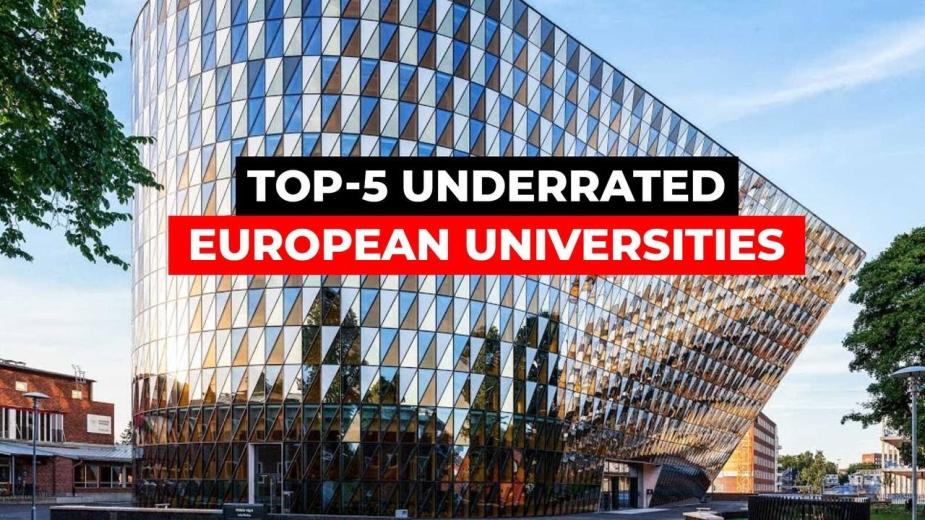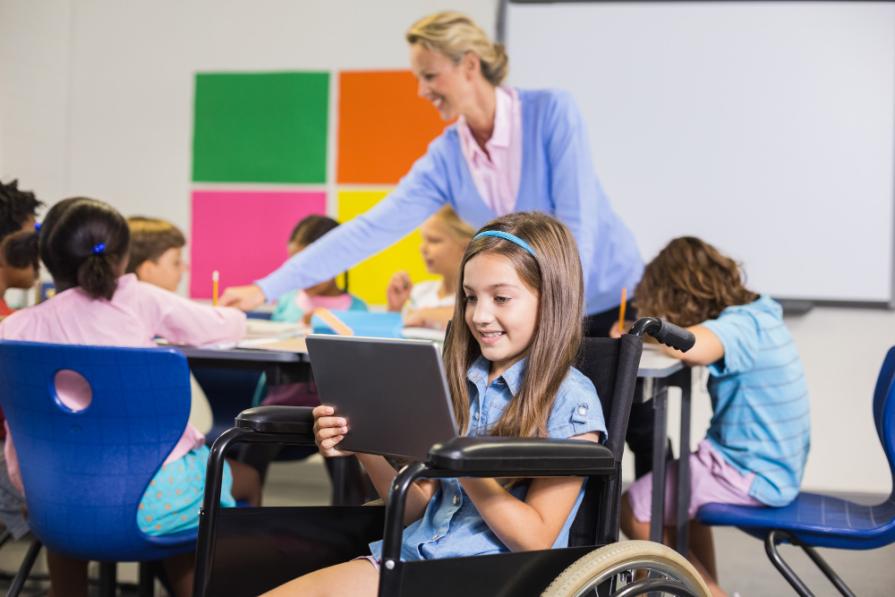A new wave of specialized schools
Back in 2009, Germany formally signed up to a course for inclusion: each school should be ready to accept students with special needs, and children with disabilities should study together with their peers. However, the real picture is different: in many federal states, the authorities have announced the expansion of the network of specialized schools - Ferderschule. In North Rhine-Westphalia alone, we are talking about at least 30 new buildings that will appear in Essen, Dortmund, Cologne and other cities; similar projects are being implemented in Berlin and the Saarland, where about 20 million euros will be spent on the construction of the Anne Frank campus. In Lower Saxony, two such schools have already opened in 2025.
It turns out to be a paradox: on the one hand, Germany has assumed international obligations to develop inclusion, on the other hand, it is massively investing in the model of separate education. How so?

Criticism of human rights defenders
Public organizations react sharply to these plans. The Mittendrin e.V. association, which has been promoting inclusive projects for almost two decades, calls the construction of special schools a step towards a "chain of lifelong isolation." In their opinion, parents lose the real right to choose: if there is no inclusive school nearby, but only a special institution, the choice becomes a fiction.
Human rights activists also point out that the government has been postponing reforms for years. While officials cite the freedom of parents to determine where their child will study, many mainstream schools are losing interest and resources to implement inclusion.
What the UN says

Criticism is heard not only within the country. The UN expert commission, which monitors the implementation of the Convention on the Rights of Persons with Disabilities, stated bluntly in 2023: Germany has made almost no progress in creating inclusive schools and classrooms. International experts have expressed alarm that children with special needs continue to face barriers to enrolling in mainstream schools and are often unable to graduate with a certificate. The Commission recommended that the country develop a clear plan for the transition from exclusive education to inclusive education with specific deadlines and funding, but such a document is still not available.
Figures and statistics
The dynamics also speak for themselves. In the 2009/10 academic year, almost 388 thousand children studied in special schools, ten years later their number decreased by 17%, but then the trend reversed. In 2023/24, the number rose again to 344 thousand. In terms of the exclusion coefficient, Germany looks like one of the outsiders in Europe: 4.5% against the average in the European Union - 1.55%, in Italy - zero at all, and in Scandinavia - tenths of a percent.
Assessment by human rights experts
The German Institute for Human Rights regularly monitors the implementation of the convention, but in recent reports it records stagnation. More than half of children with disabilities continue to study separately from their peers, in most Länder the right to inclusive education is not enshrined in law, with the exception of Hamburg and Bremen.
A separate alarming fact: almost 3/4 of students of special schools leave them without a certificate. Their further opportunities are limited by narrow programs, which actually deprives them of a chance for a full-fledged profession and pushes them into poverty.
Teachers' position

Interestingly, the teachers themselves are generally not against inclusion! According to a survey by the Forsa Institute, more than 60% of German teachers support the idea, and among those who have already worked with children with special needs, the level of support is even higher. But only a quarter of respondents believe that the system can be implemented right now. The main barriers are a lack of staff, overcrowded classrooms, and a lack of an individual approach.
Here a contradiction arises: teachers support inclusion as a principle, but do not believe in its implementation in the current conditions. Hence the readiness of many to maintain special schools, at least as a temporary way out.
Arguments of independent experts
The votes of experts were divided. Activist Raoul Krauthausen considers it a mistake to wait until all teachers have completed special courses, and emphasizes that parents of children with disabilities also do not prepare in advance for their role, but they cope. Real inclusion is born not in lectures, but in real contacts between children in the same class.
On the other hand, there is educator and publicist Michael Felten, who is sure that the idea of full inclusion in the current conditions is disastrous. In most schools, according to him, chaos reigns - overloaded teachers cannot cope with either one or another student. Felten recalls that the system of special schools itself has helped to solve the problem of direct exclusion of children with disabilities from education, and believes that these institutions can remain an intermediate stage, and in some cases the only option for families.
What is behind the dispute?

In fact, the dispute is about the basic question: what is more important - to guarantee formal equality or to provide practical benefits for a particular child. Inclusion provides an opportunity to study together, but requires a restructuring of the entire system: school architecture, teacher preparation, staffing. Building new special schools looks easier and faster, but it entrenches segregation and limits the future of thousands of children.
Instead of a conclusion
The German discussion reflects a universal dilemma: the desire for inclusion faces the resistance of a system where it is easier to preserve old practices than to rebuild the school to meet new requirements. But the longer a country delays reforms, the deeper the gap between declarations and reality becomes.
The question that sounds especially acute today is: what is more important for a child – comfortable conditions in a specialized school or the opportunity to study next to peers? There is no simple answer to this choice, but one thing is clear: it will have to be solved not by building new walls, but by rethinking the entire education system.












